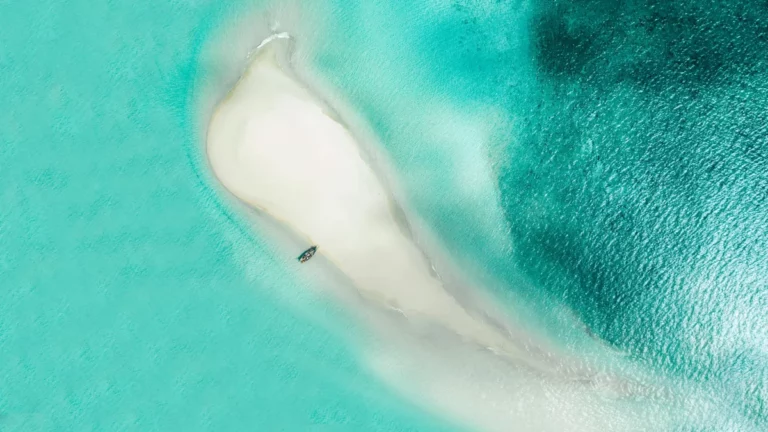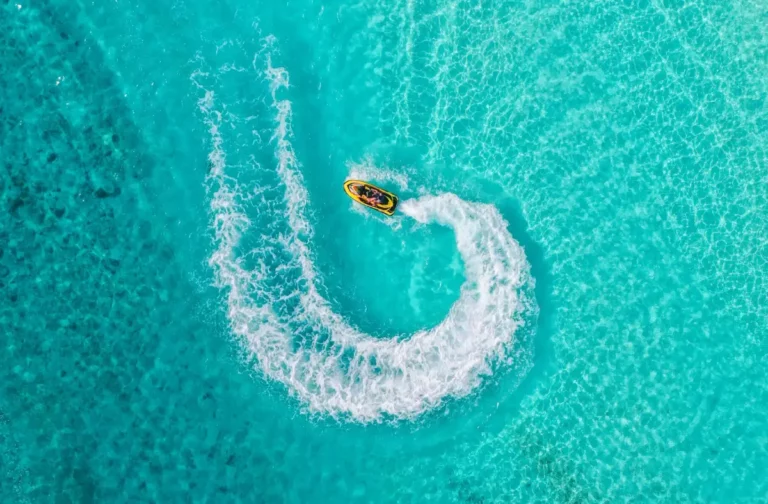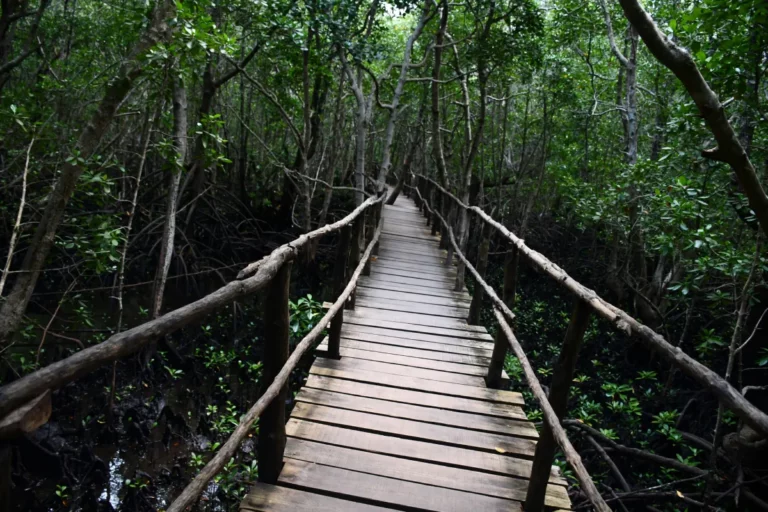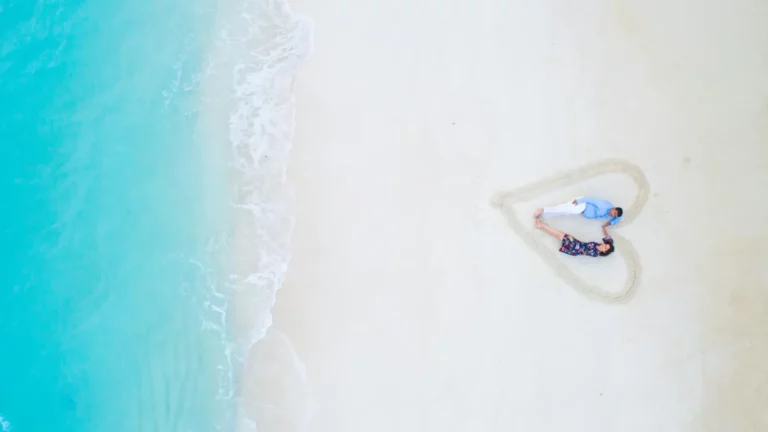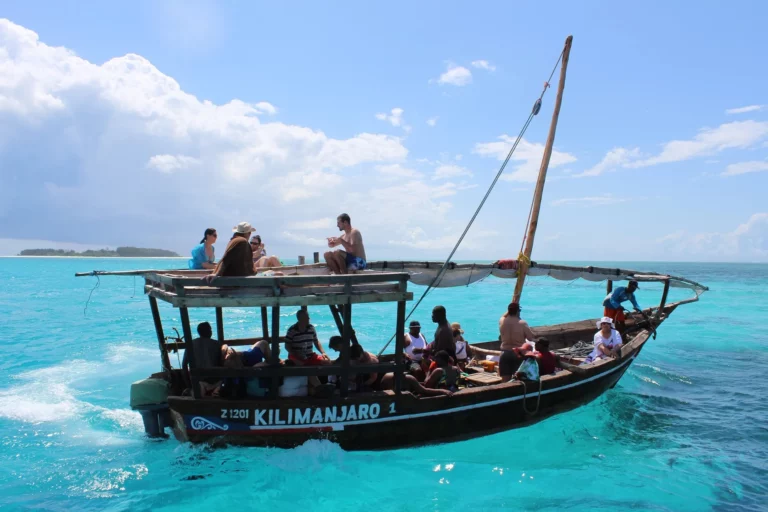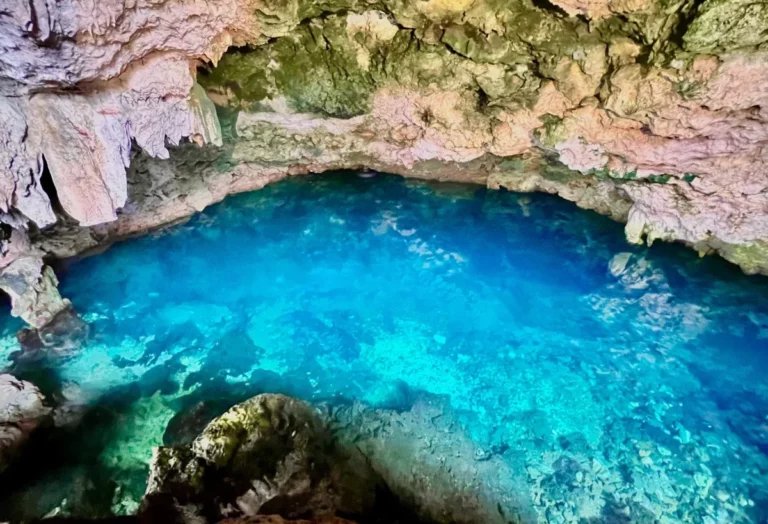Mnarani Turtle Conservation Centre, Nungwi: Ancient Mariners of Zanzibar
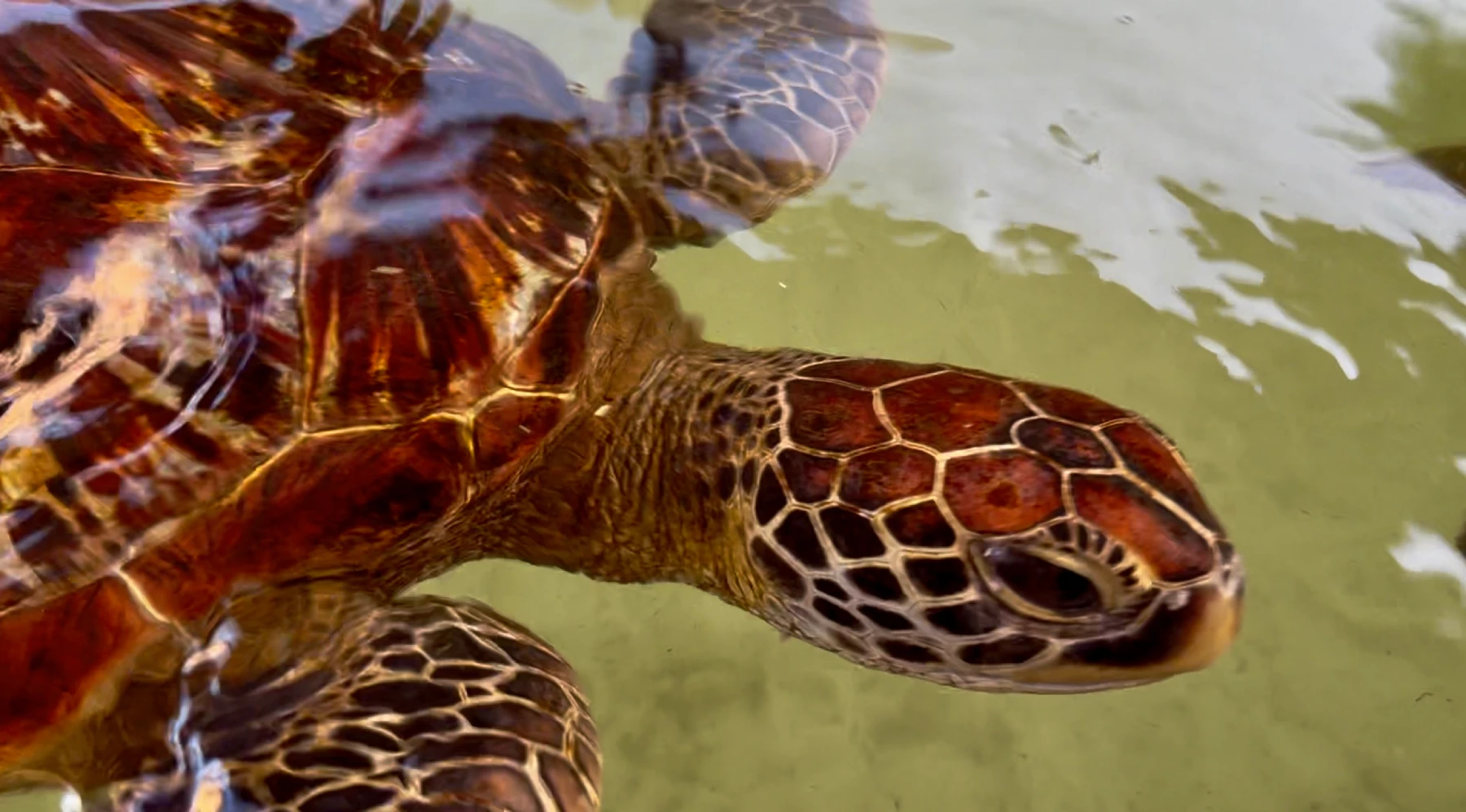
A Different Kind of Zanzibar Adventure
Zanzibar has a way of stealing the spotlight with its beaches alone. Powdery sands, turquoise waters, and the constant rhythm of the tide lure visitors into lazy afternoons with cocktails in hand. But tucked into the northern tip of the island, in the fishing village of Nungwi, lies an adventure that will take you beneath the waves without even diving. Here, in a rocky tidal lagoon fed by the Indian Ocean, ancient mariners glide past your legs with quiet grace. This is the Mnarani Turtle Conservation Centre — a sanctuary for endangered sea turtles and one of the most inspiring conservation initiatives in East Africa.
For travelers who crave more than just sun and sand, Mnarani offers a chance to witness the raw beauty of marine life while supporting the fight for its survival. You do not just stand on the shore watching the waves. You step into a living story where fishermen, conservationists, and travelers join forces to protect creatures that have been roaming Earth’s oceans for over 100 million years.
The Story of Mnarani
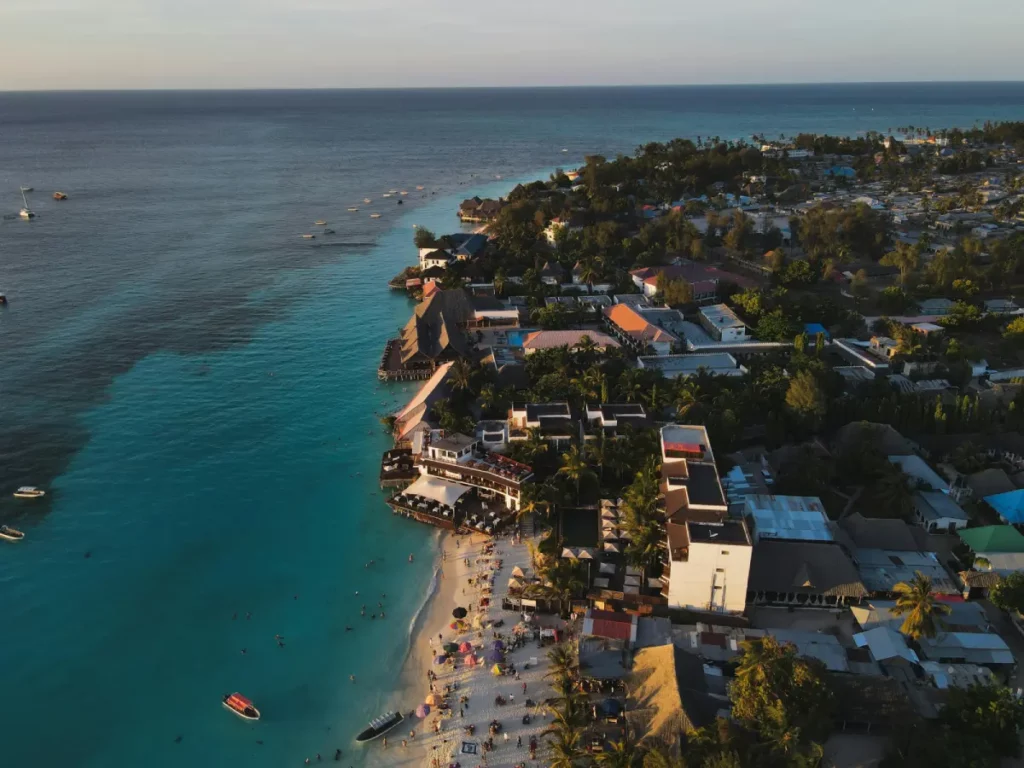
The tale of Mnarani begins humbly in the early 1990s. Fishermen from Nungwi would often find turtles caught in their nets, injured by boat propellers, or stranded in shallow pools. At the time, turtles were still being hunted for meat and shells in many parts of Zanzibar. But local communities began to see an opportunity — not only to protect these creatures but to turn them into a symbol of pride and a source of sustainable income.
They chose the name Mnarani, meaning “place near the lighthouse” in Kiswahili. The old lighthouse of Nungwi, a coastal landmark, watches over the lagoon where the project was born. What started as a grassroots effort, with fishermen keeping rescued turtles in natural tidal pools until they healed, has since grown into a recognized conservation hub. Today, the Mnarani Turtle Conservation Centre rescues, rehabilitates, and releases hundreds of turtles every year.
It is not a polished aquarium with glass tanks. Instead, it is a living lagoon carved out by volcanic rock, with the ocean itself as its lifeline. The water rises and falls with the tide, flushing the pool with fresh seawater, keeping the turtles as close to their natural habitat as possible.
What You Will See and Do
Walking into Mnarani feels different from the usual tourist stop. You are greeted by the salty scent of the ocean, the laughter of local guides, and the sight of flippers slicing through the clear water. Green turtles and hawksbills, some as small as a plate and others as large as a suitcase, glide through the lagoon in slow, elegant movements.
Visitors are encouraged to wade into the shallow edges of the pool, where you can gently touch a turtle’s shell or even feed them seaweed — a surprisingly thrilling experience. Unlike staged shows elsewhere in the world, the encounters here feel organic, rooted in the rhythm of Nungwi’s coast.
Guides, many of whom are local fishermen turned conservationists, share stories about the species, their biology, and the threats they face. You will learn how hatchlings are collected from nests at risk, how injured turtles are treated, and why release ceremonies are celebrated with almost festival-like joy. It is not just a visit; it is an immersion into the delicate balance between people and the ocean that sustains them.
Conservation in Action
The heart of Mnarani beats strongest in its conservation work. Injured turtles — often tangled in discarded fishing nets or cut by propellers — are brought here to recover. They are fed, cleaned, and monitored until strong enough to return to the sea.
Equally important is the centre’s work with hatchlings. Sea turtle nests are often at risk of predation, poaching, or being washed away by tides. Local volunteers carefully relocate eggs to safe spots or collect hatchlings that emerge near villages. These baby turtles are kept in protective pools until they are big enough to face the ocean’s challenges. Then, in one of the most moving events in Zanzibar, they are released back into the wild during community ceremonies, often in February.
But Mnarani is not just about turtles. It is about people. Through education programs, school visits, and outreach in fishing communities, the centre has shifted perceptions. Turtles are no longer seen as food or trade but as treasures worth protecting. For many in Nungwi, the turtles have become part of their identity — living proof that conservation and livelihoods can coexist.
Impact Beyond the Lagoon
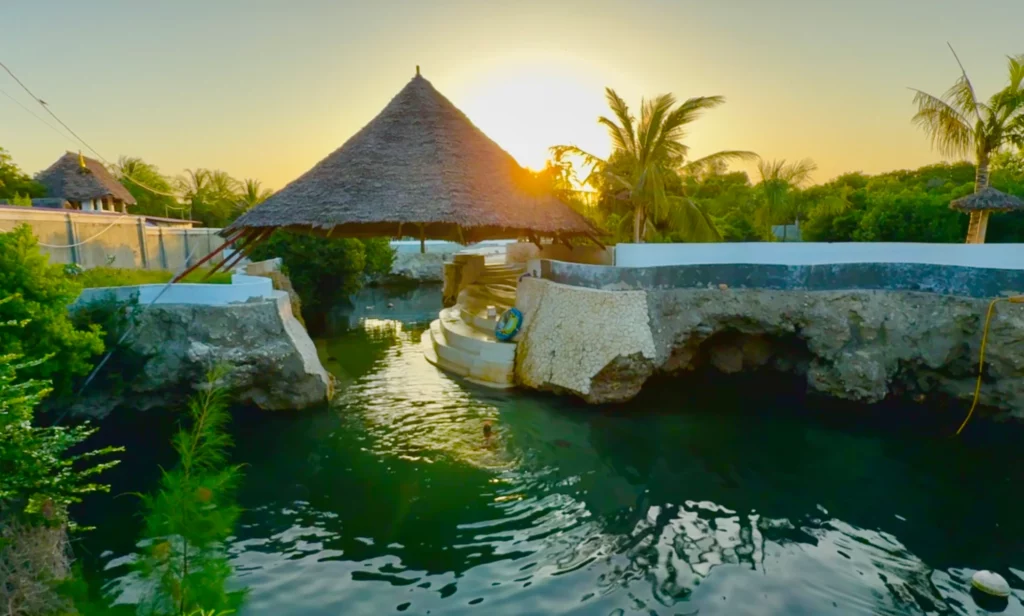
The Mnarani Turtle Conservation Centre is not just a place where turtles get a second chance. Its ripple effect spreads far beyond the lagoon. Every guide who leads a visitor around the tidal pool, every fisherman who now brings in a rescued turtle instead of selling it, every school child who learns about marine ecosystems — all of these moments add up to a cultural shift in how Zanzibar sees its wildlife.
Economically, the centre anchors jobs for dozens of locals, from caretakers and guides to artisans selling crafts nearby. Tourists’ entrance fees feed directly back into operations, ensuring the centre is self-sustaining. Conservation is not charity here; it is business tied to survival — both for turtles and for people.
The change in mindset may be the greatest achievement. Where once a turtle was a meal, it is now a shared responsibility. Fishermen who once profited from hunting now find greater pride (and income) in saving them. Children grow up seeing turtles not as curiosities but as neighbors. The lagoon has become a classroom, a stage, and a bridge between tradition and tomorrow.
A Festival of Release
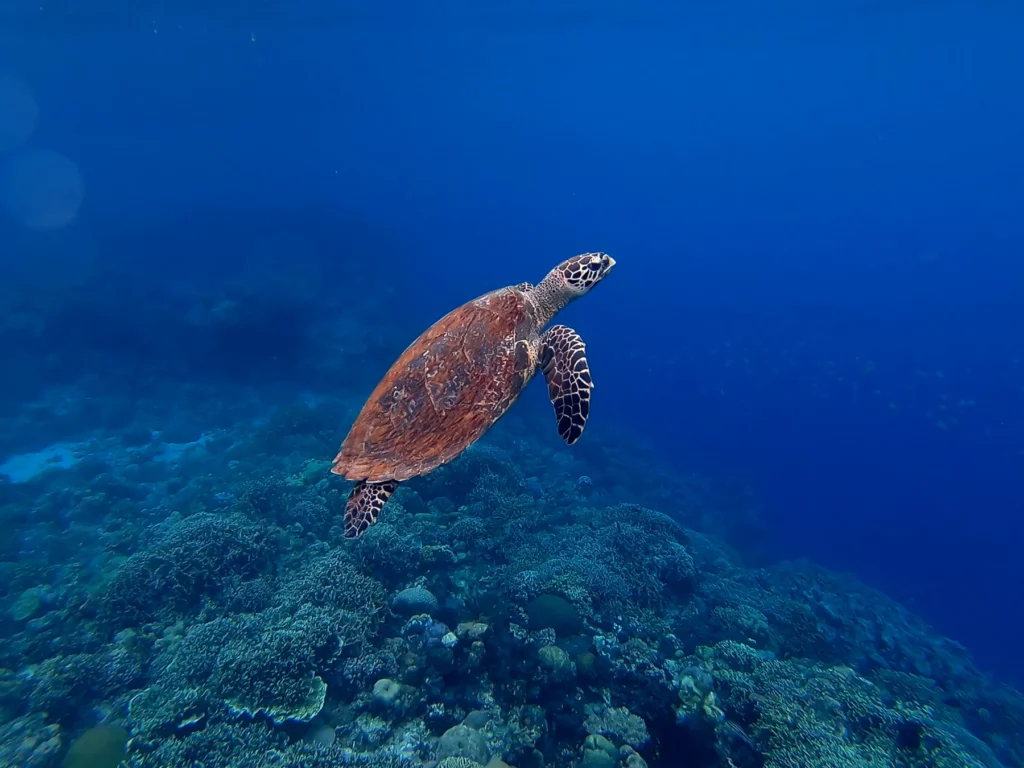
Perhaps the most symbolic moment comes each February, when rehabilitated turtles are carried to the shoreline and released into the ocean. The event feels part conservation ritual, part village celebration. Crowds gather as the turtles flap their flippers against the sand, inching back to the sea they belong to. Cameras click, cheers erupt, and for a moment, the divide between locals and tourists disappears. Everyone is rooting for the same thing: survival.
This ceremony is a reminder of what sustainable tourism can be. It transforms a day at the beach into something unforgettable — the memory of watching a creature you helped protect vanish beneath the waves, strong and free again.
Other Turtle Aquariums and Initiatives in Zanzibar
While Mnarani is the most famous, it is not alone in Zanzibar’s conservation story. The island is dotted with other projects, each with its own flavor.
Baraka Natural Aquarium, Nungwi
Just a short walk from Mnarani, the Baraka Natural Aquarium also uses a natural tidal pool to shelter turtles. It is more commercial in feel, with a slightly livelier tourist vibe, but the mission is similar: to rescue, protect, and eventually release turtles. Visitors can feed seaweed to turtles and even swim alongside them, making it a favorite for families looking for hands-on experiences.
Chumbe Island Coral Park
Off the coast of Zanzibar lies Chumbe Island, a private marine sanctuary that has been pioneering eco-tourism since the 1990s. Its coral reef is one of the healthiest in East Africa, and its beaches are important nesting grounds for hawksbill and green turtles. Chumbe is a model for low-impact tourism — solar-powered eco-lodges, rainwater harvesting, and strict limits on visitor numbers. While not a turtle “aquarium,” it plays a crucial role in conserving the habitats turtles rely on.
Jozani-Chwaka Bay Conservation Initiatives
In central Zanzibar, the Jozani Forest is best known for its rare red colobus monkeys, but its coastal mangrove ecosystems are equally vital for marine life. Conservation projects here protect seagrass beds and mangroves, both essential feeding grounds for sea turtles. Rangers and community groups patrol nesting beaches and educate locals about the ecological value of turtles.
Fishermen’s Networks and NGOs
Across Zanzibar, informal networks of fishermen now work with NGOs to report sightings of turtle nests, reduce bycatch, and spread awareness. These partnerships are critical because conservation does not happen in isolation. It relies on the cooperation of those whose lives are most tied to the sea.
Why It Matters for Travelers
For the average visitor, a turtle sanctuary might just sound like a nice day trip. But the deeper value is that it allows you to contribute to a success story while experiencing something unforgettable. You are not just another tourist on a sunbed; you are part of the island’s living experiment in sustainability.
Every entry ticket, every photo shared online, every word-of-mouth recommendation adds weight to the argument that conservation pays. Supporting these initiatives makes sure that Zanzibar’s seas remain filled with life — so that future travelers, and future generations of Zanzibaris, will still marvel at a turtle’s slow, graceful swim through clear water.
Practical Information for Visitors
Location
The Mnarani Turtle Conservation Centre sits right at the northern tip of Zanzibar, in the fishing village of Nungwi. Known for its wide arc of white beaches, bustling dhow boatyards, and nightlife that runs until the small hours, Nungwi is one of the island’s busiest playgrounds. Yet tucked just beyond the sound of beach bars and drumbeats, the conservation lagoon feels like another world entirely — a pocket of calm where the pace slows, the water mirrors the sky, and the ocean speaks in softer tones. Here, ancient sea turtles drift lazily through the tide pools, their flippers moving like wings, reminding you that Zanzibar’s magic lies not only in its beaches but also in the hidden corners where nature still sets the rhythm.
Getting There
From Stone Town, it takes about an hour and a half to drive up to Nungwi. You can hire a taxi, arrange a transfer with your hotel, or hop onto a shared minibus (known locally as a dala dala) if you are feeling adventurous. Taxis are convenient if you prefer not to drive, but a return trip will cost more than renting a car for the day — provided you know how to negotiate.
For those comfortable behind the wheel, self-driving is straightforward: the main road north is paved and in fair condition, though you will share it with everything from bicycles to buses. Signage is limited, so a navigation app helps, and expect a few police checkpoints along the way — usually just quick license checks. The drive itself is part of the experience, winding past spice farms, coconut groves, and villages where children wave as you pass. By the time you reach Nungwi and see the sea again, it feels like you have crossed into another island entirely.
Best Time to Visit
The centre is open year-round, and there is always something happening. Hatchlings are cared for from summer through the end of the year, while the big annual turtle release usually happens around February. If you want to witness this festival-like event, plan your trip accordingly. But even on a quiet day, the lagoon is alive with turtles of different ages, each with a story to tell.
Entrance Fees
Expect to pay a small entry fee (usually around USD 5–10). This is not just a ticket — it is your direct contribution to keeping the centre running. Every dollar goes into turtle food, medical care, and community outreach. In other words, your visit has an immediate impact.
Combine with Other Adventures
Nungwi is one of Zanzibar’s most popular destinations, and the turtle centre is just one part of the adventure. You can spend the morning at Mnarani, then head to the beach for a swim, rent a kayak, or join a snorkelling trip. Sunset dhow cruises are a Nungwi specialty, with traditional sailing boats cutting across the horizon as the sky turns gold. For divers, Nungwi is also a gateway to some of Zanzibar’s best reefs.
Turning Curiosity into Care
There is a moment that stays with you long after visiting Mnarani. It is not just touching the rough, ancient shell of a turtle or watching a hatchling wiggle toward the surf. It is the realization that your curiosity has become part of something bigger — that a casual afternoon visit has added a drop of strength to an ocean-sized fight for survival.
Turtles have been swimming these seas since long before there was a Zanzibar, long before there were people at all. They have outlived dinosaurs, crossed oceans, and returned to the same beaches for generations. And yet, here they are, depending on us — the very species that threatens their existence.
The Mnarani Turtle Conservation Centre proves that we can change the story. Fishermen became guardians, visitors became supporters, and a small tidal lagoon became a symbol of hope.
So when you find yourself in Nungwi, step beyond the beach bar. Wade into the lagoon, look a turtle in the eye, and remember that you are not just a tourist in Zanzibar. You are part of its future — and part of the reason these ancient mariners still have a place in the sea.

